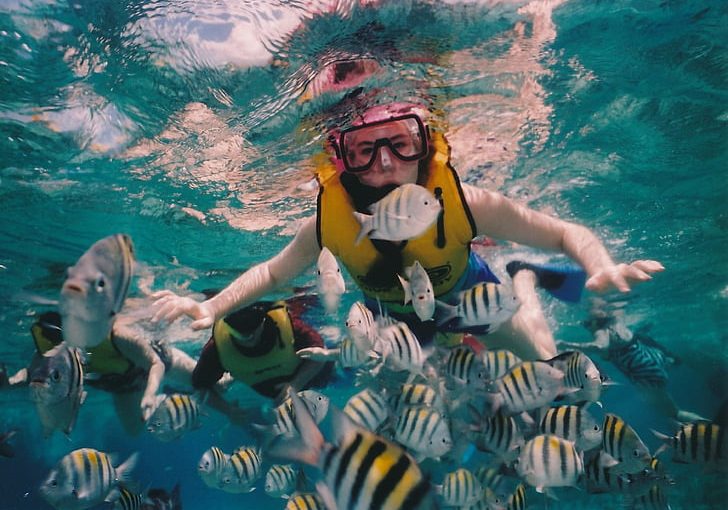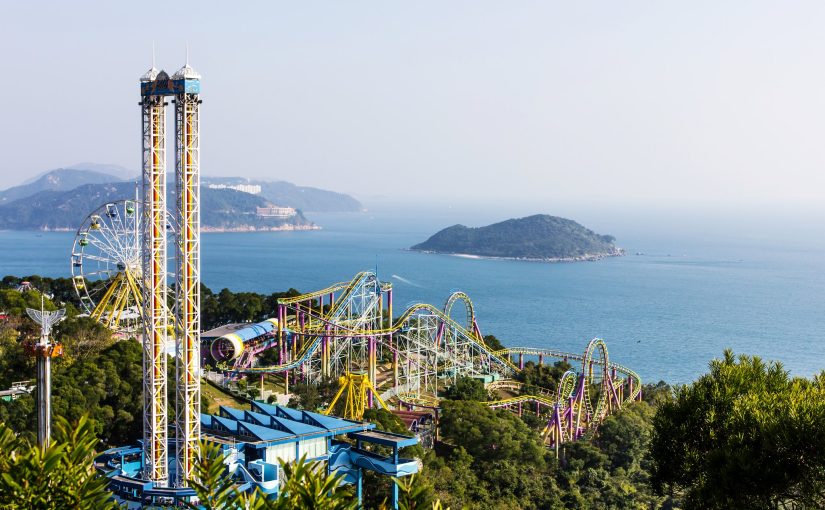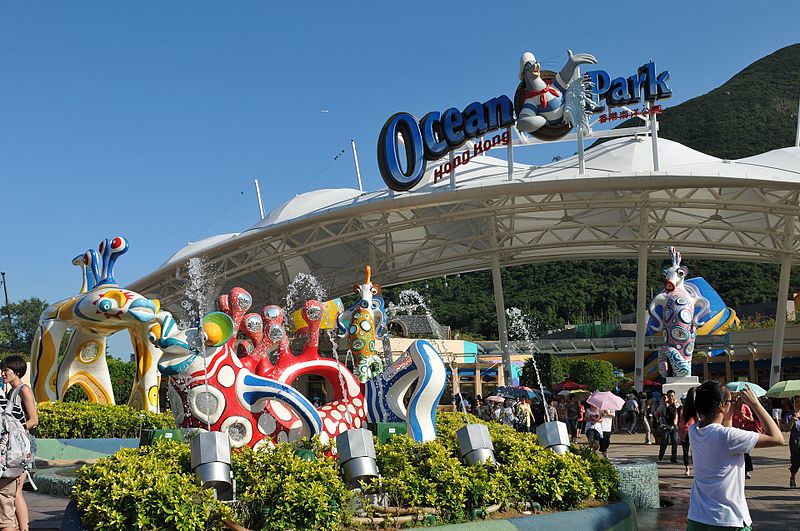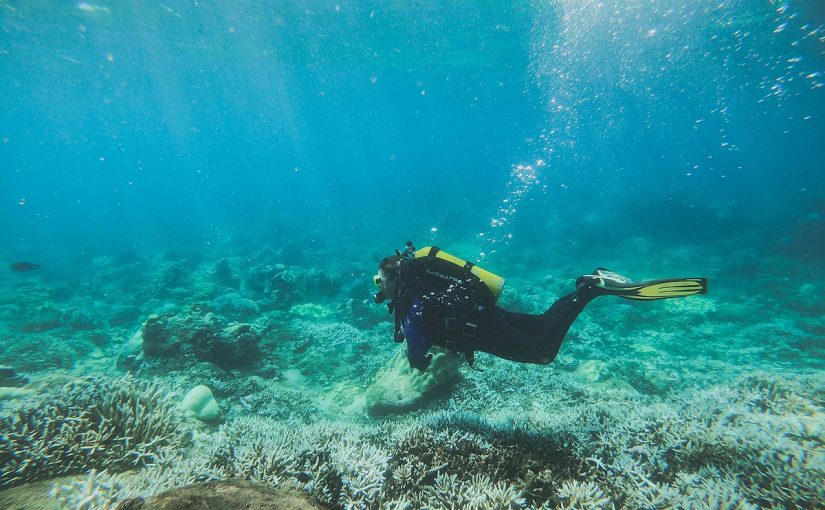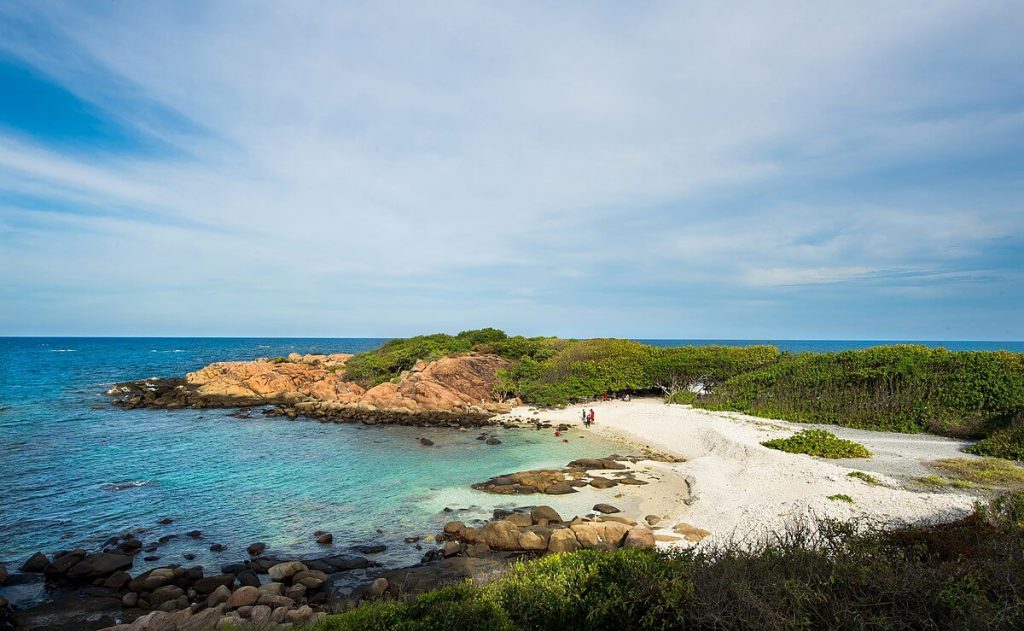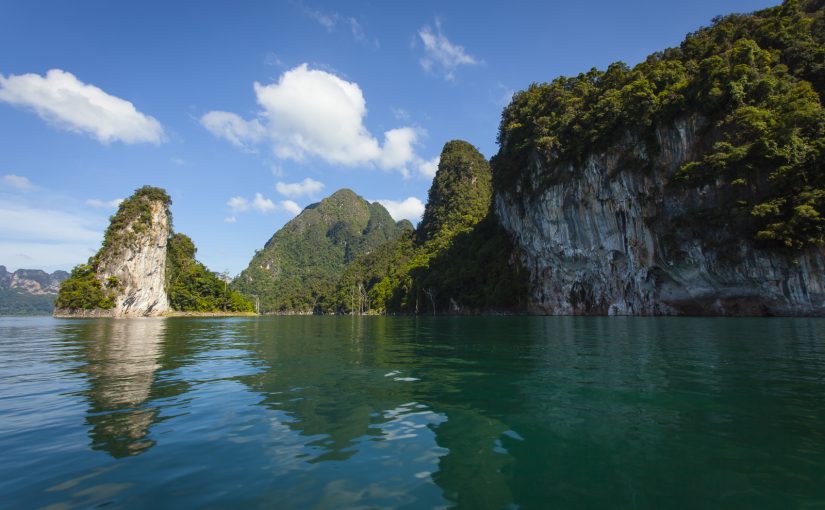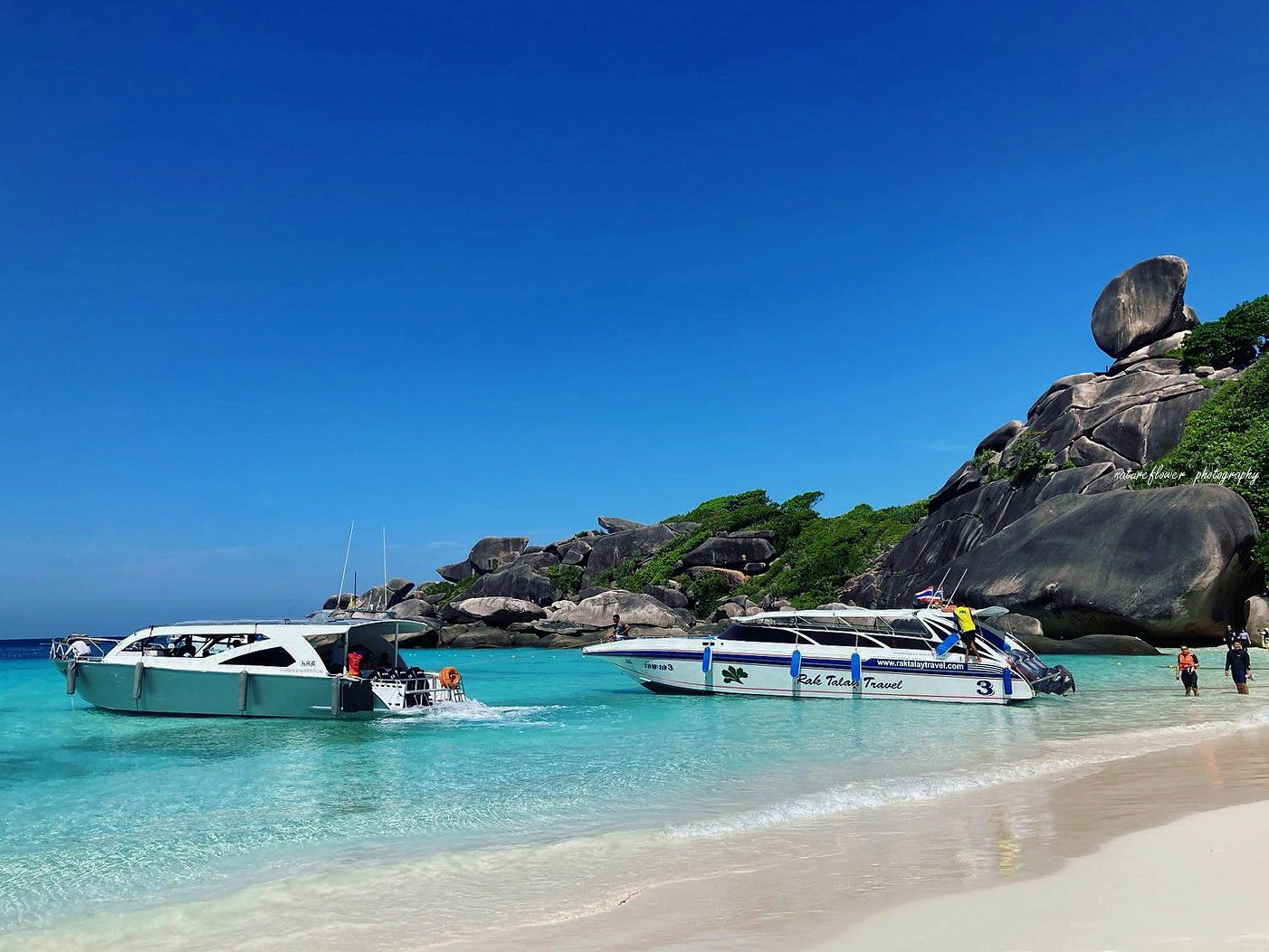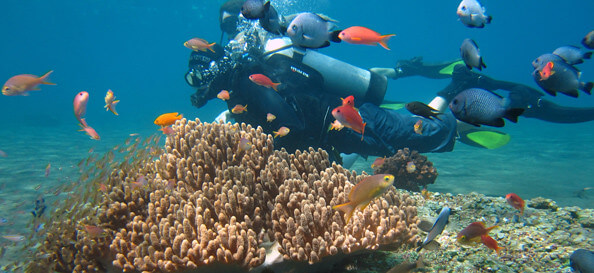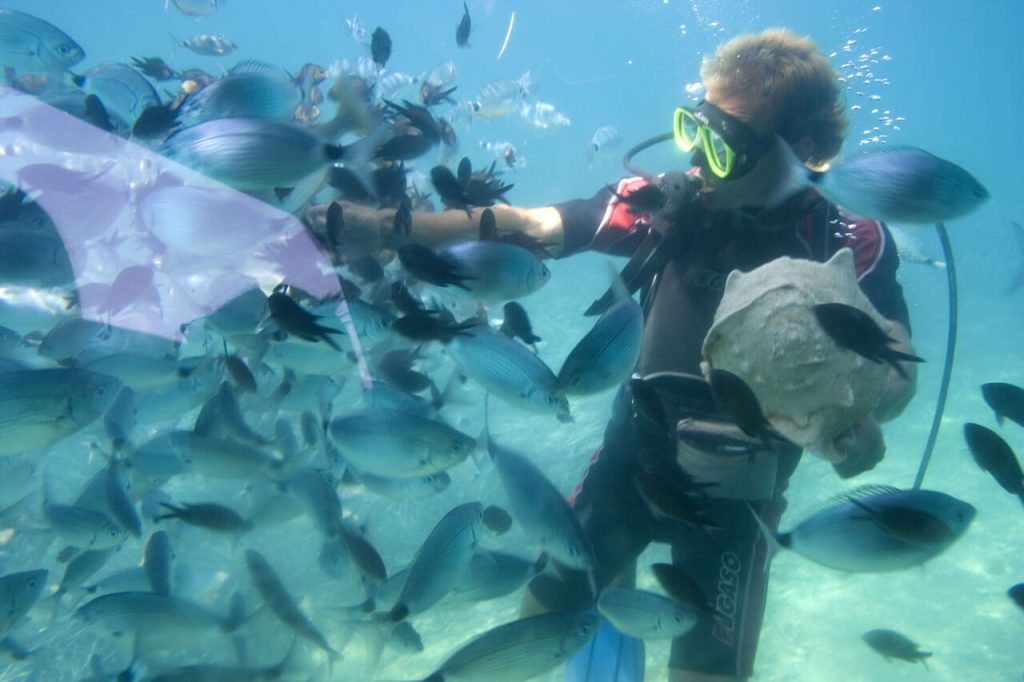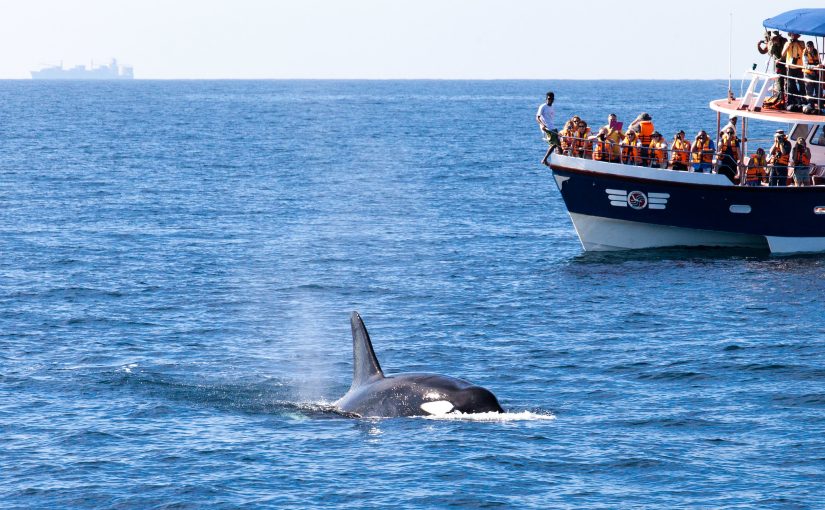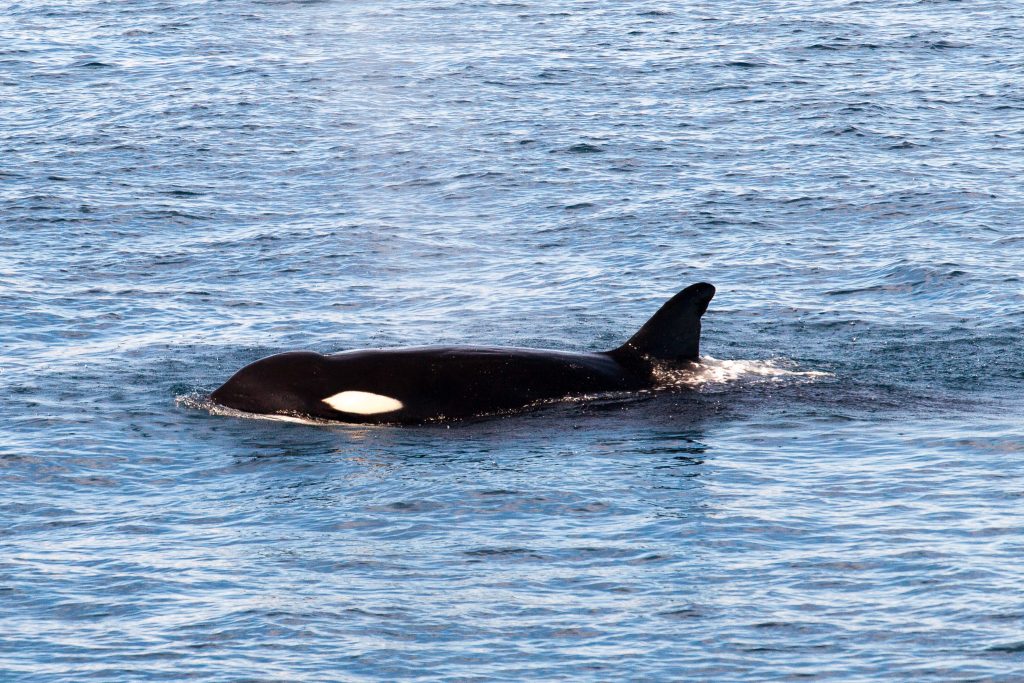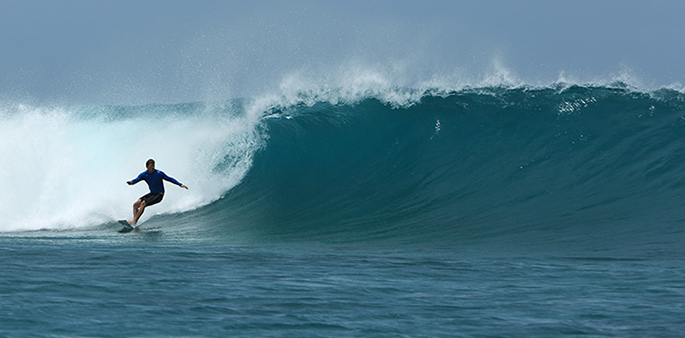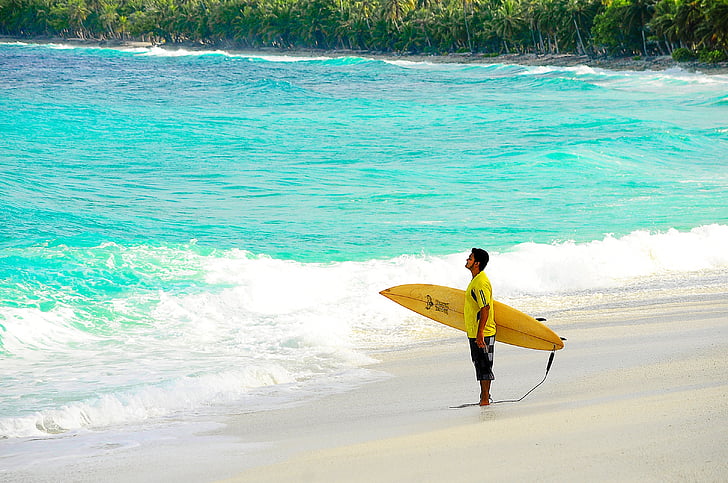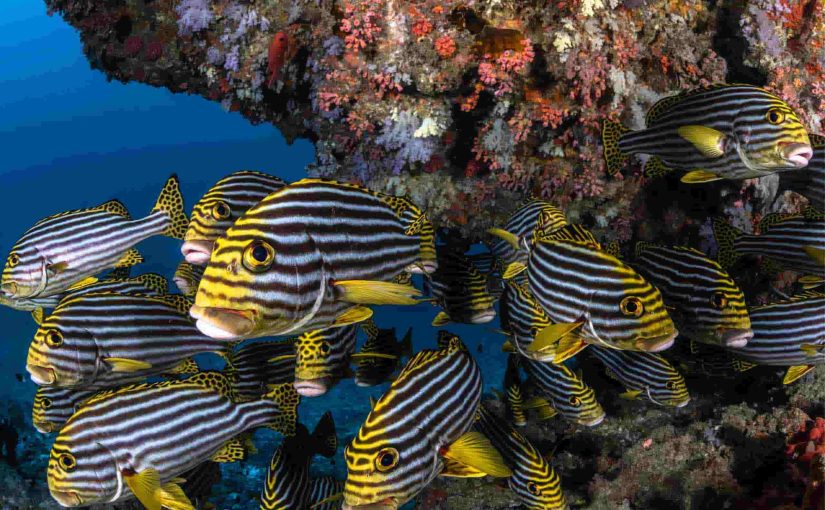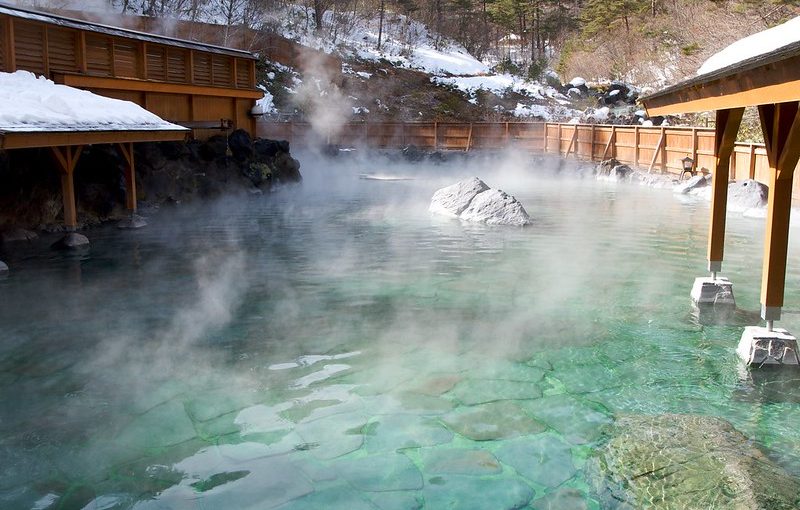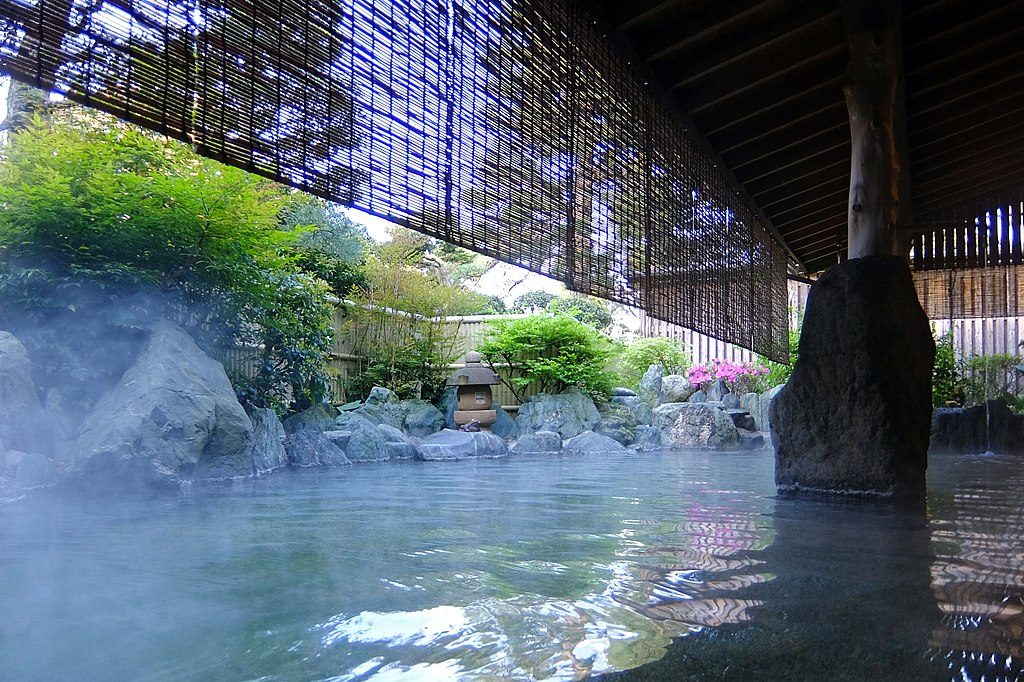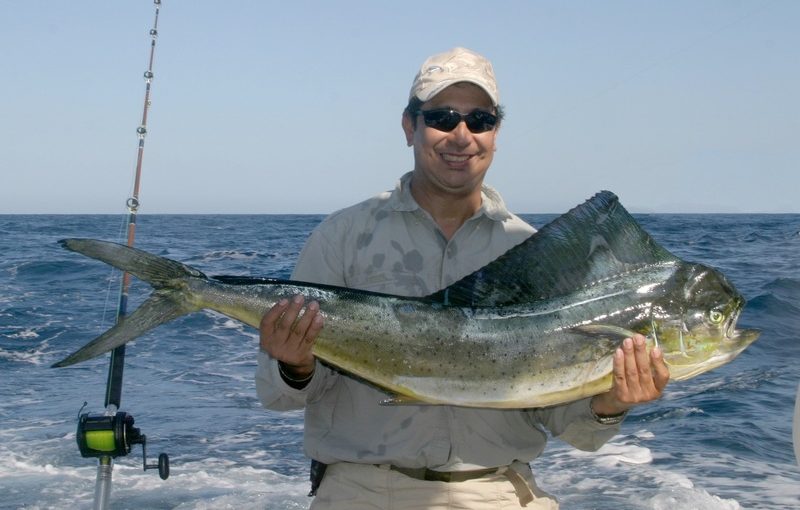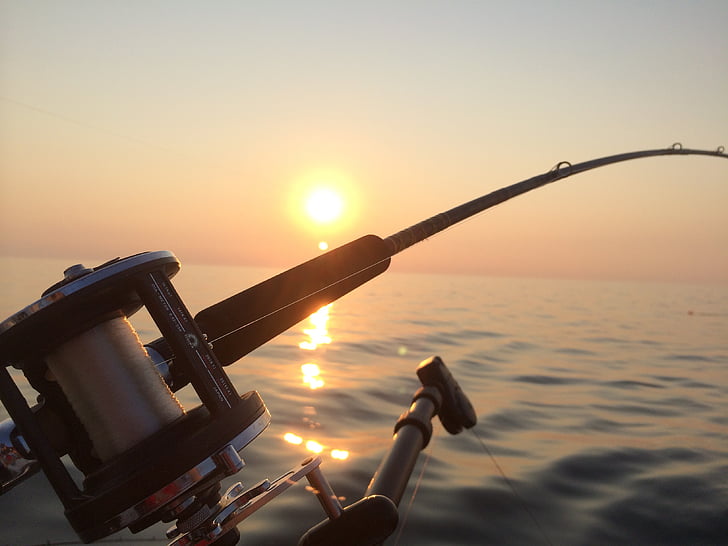The Maldives isn’t all about overwater villas and luxurious relaxation (although there’s plenty of that too). This tropical paradise boasts some of the world’s most incredible waters, making it a haven for thrill-seekers and water sports enthusiasts. So, ditch the deckchair and get ready for an adrenaline rush with these top 5 activities!
Scuba Diving
Imagine swimming alongside majestic manta rays, spotting a giant sea turtle, or coming face-to-face with reef sharks. In the Maldives Islands, diving provides unforgettable escapades! Look to stay at resorts in key destinations like the South Male Atoll with a PADI-certified dive centre offering training and certification for beginners and pros; apart from the marine life, you even get the chance to explore shipwrecks like the famous Bolifushi Wreck.
Snorkelling
Don’t fancy the commitment of a full scuba session? No worries! Underwater marvels can be encountered near the surface making snorkelling an ideal activity for the whole family to enjoy especially at resorts like OZEN RESERVE BOLIFUSHI. Such properties feature thriving house reefs teeming with fish and coral as well as offer complimentary snorkelling gear to use for fun adventures throughout the day; you will soon be coming across Nemo, Dory, and more!
Jet Skiing
If you crave the exhilarating rush of wind in your hair and the spray of the ocean on your face, jet skiing is the ultimate Maldivian thrill ride! Many resorts offer jet ski rentals, allowing you to explore the coastline at your own pace. Picture yourself carving through the turquoise waters, the sun warming your back as you leave a trail of white foam in your wake. The open ocean becomes your playground, with endless possibilities for exploration and high-octane fun.
Flyboarding
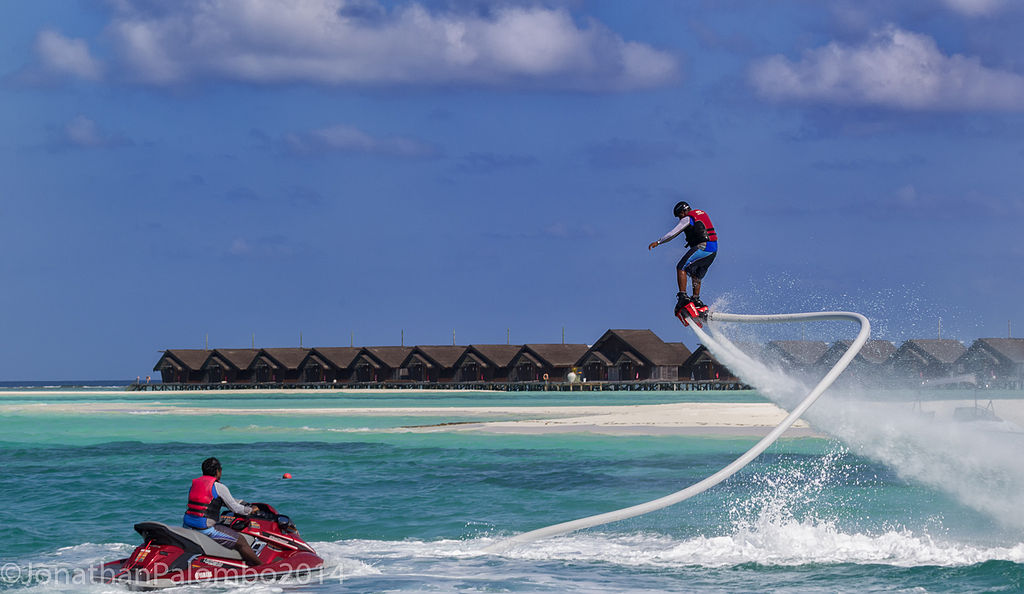
Ever dreamt of soaring through the air like Iron Man? Well, flyboarding might be the closest you can get in real life! This cutting-edge water sport utilises a powerful water jet stream to propel you high above the ocean’s surface. It takes some practice to master, but the sense of accomplishment when you finally take flight is unmatched. Imagine the exhilaration of also diving headfirst into the water and then erupting skywards, propelled by a powerful jet stream.
Banana Boat Rides
Looking for a water sport that’s perfect for a group giggle? Look no further than the classic banana boat ride. This yellow (it can be other colours too) inflatable is towed behind a speedboat, promising a wild ride with plenty of laughter (and maybe a few screams!). Hold on tight as the banana boat bounces, dips, and swerves across the waves, and prepare to get soaked. So, grab your crew, climb aboard, and get ready for a wet and wild adventure!
